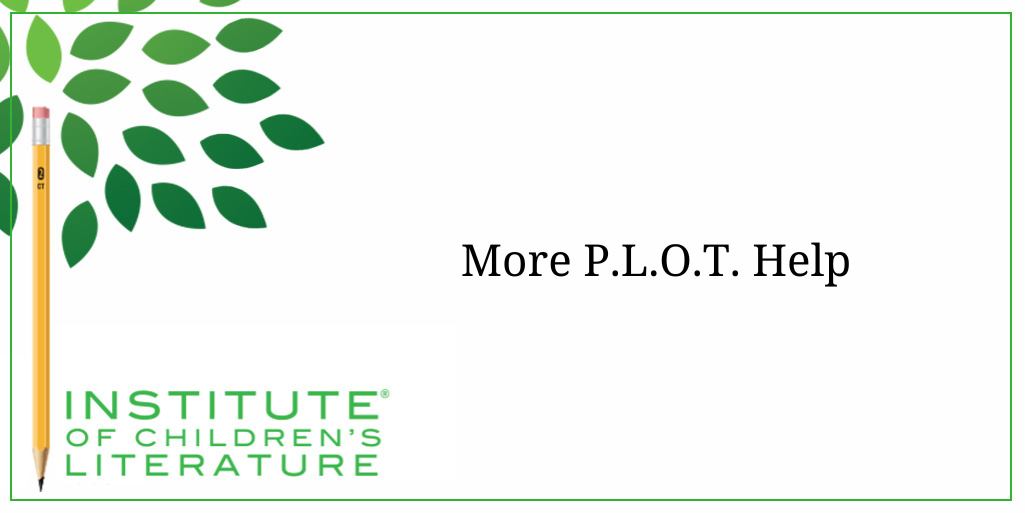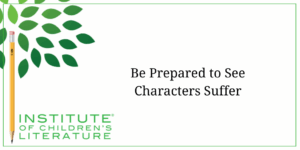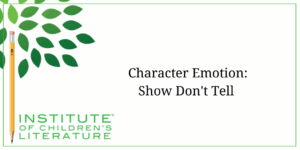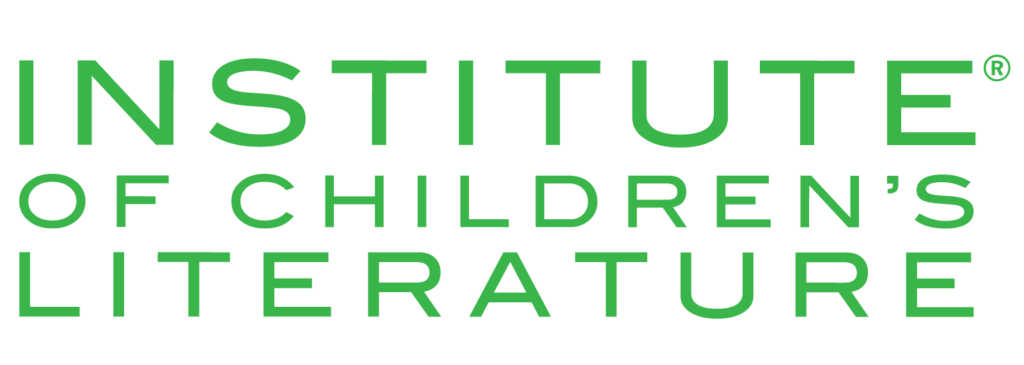
- Date: June 12, 2025
- Author: Jan Fields
- Category: Writing for Children Blog
- Tags: plot, plotting, storyline
We teach our students how to write and get published!
View our Course Catalog >
More PLOT Help
Last week we talked about how plot is personal to the story characters and applies pressure to characters to produce action. That is the core of plot, but it doesn't tell the whole story. There's more to see, if we keep digging into plot. 
Plot is Logical
This is a plot element that is often overlooked in the effort to make plot fast paced, exciting, and engaging. We throw all sorts of things at the characters to keep the story moving and keep the reader entertained, but if we're not careful, our plot can develop holes. Plot holes are basically spots where the logic of the world, situation, and character responses wear thin or even wear through. And the reader's suspension of disbelief can be lost through one of those holes.
A good plot makes internal sense. At my house, we watch a lot of mystery programs. I love a good mystery. But sometimes, the plot holes result in my shouting at the television (just the teeniest bit). A good mystery makes sense. A good story holds together. A good character doesn't simply forget lifelong skills. And plot logic is the glue that keeps these holes from developing. They keep a writer from making easy choices that aren't smart choices.
Sometimes a writer gets so caught up in the moment they honestly don't remember that this character learned this fact in the last chapter, a fact that should have prevented this moment from happening. Writing involves juggling lots of different elements at the same time and not letting a single one fall. That's hard. And we often fail at it. But the initial writing part isn't the end of the journey for a book or a story. There's revision too. And that's where a smart writer asks questions to track down any lingering plot holes. Would this character do this now? Do I eventually make use of this element I introduced at this moment? How does this character's skillset affect the plot? What did I forget?
Plot is Linear
 Telling a story in a nonlinear fashion with flashbacks or interwoven narratives can be exciting and compelling. It doesn't work well for very young readers who will quickly get lost in the mix, but for teens, unique storytelling is a way of making a story memorable. Unfortunately, it also makes it more likely that plot holes develop and go unnoticed by the writer. That would be fine if no one ever trips on those holes. However, eventually a smart reader will notice and crow about it. And no writer wants to be known for their mistakes.
Telling a story in a nonlinear fashion with flashbacks or interwoven narratives can be exciting and compelling. It doesn't work well for very young readers who will quickly get lost in the mix, but for teens, unique storytelling is a way of making a story memorable. Unfortunately, it also makes it more likely that plot holes develop and go unnoticed by the writer. That would be fine if no one ever trips on those holes. However, eventually a smart reader will notice and crow about it. And no writer wants to be known for their mistakes.
As a result, it can be helpful to map out your plot in a linear fashion, either before you begin writing or at the revision stage. Some writers create a timeline. Some use notecards with all the important beats of the plot written on their own card so that the plot can be easily reordered into something linear so the writer can check that the plot makes sense. That nothing is forgotten. That the actions of the characters are true to the people they are.
If you're telling a story with multiple viewpoints or multiple timelines, this kind of mapping out of plot is especially helpful. Each different person or timeline gets their own map, and then you can note how the plots are connected. This can help you see if your nonlinear storytelling structure actually is making the best touchpoints. You may realize a different order of events would be even more emotionally compelling or more engaging or more suspenseful. This kind of plot mapping isn't just for correcting errors. It can help you create the book you aimed for.
I enjoy drawing, and one of the facts of a good representational sketch is getting the basic forms correct. If the forms beneath the sketch are wrong, then no amount of pretty shading or nice color is going to make the end result what I want. That same is true of storytelling. If the plot doesn't make sense when told in a linear fashion, then it's not going to make more sense when I twist it up and cross the streams with another plot. Those spots where the plots aren't logical will become holes the reader falls into, and spots where a reader may quit the story entirely.
Plot is Linked
Along with plot logic and plot order, a good plot is all about connections. If I go on a shopping trip with my family today, it is connected with the past when I discovered I had items I needed to acquire. It is connected to the past when I contacted everyone who was going on the shopping trip and coordinated the time to leave. And it will affect the future when I experience the effects of what I do today. It's all connected. 
That is even more true for a story. In real life, it's not impossible that we could take our well-maintained car on a drive and end up in an auto accident. It may have nothing to do with the quality of my husband's vision or driving skill. It may have nothing to do with my daughter's love of chattering about her latest work story. It may simply happen. But story life doesn't work like that. Story life is a life of connections. If we're going to have an auto accident later, we'll have early scenes about the car needing maintenance or about the driver's issues with his vision. Or we'll set up an argument to play out in the car to distract the driver. Things won't just happen. There will be connections.
In a letter to A.S. Gruzinsky, Anton Chekhov wrote, “One must never place a loaded rifle on stage if it isn't going to go off. It's wrong to make promises you don't mean to keep.” This principle has come to be known as Chekhov's Gun, and it works in reverse too. Don't spring things on the reader out of the blue. Don't turn the plot on points you haven't laid the foundation for in the setting, the characterization, the dialogue, or the plot pressure. Don't suddenly make one of the characters save that day using skills gained as an Olympic gymnast if we never knew the character was a gymnast. In a solidly plotted novel, every twist, turn, or surprise was foreshadowed somewhere, there are links. The reader may have missed them because we were careful to be subtle, but they were there. And it's your job to be sure every plot point leaves footprints in the sand leading us to that spot.
We Continue as We've Begun
As a clever reader, you probably know what our next blog will be about. Yep, it'll be more on plot. If P is for personal and pressure, and L is for logical, linear, and linked. What do you suppose O is for? Catch next week's blog to find out.
Related Articles for Understanding Plot
With over 100 books in publication, Jan Fields writes both chapter books for children and mystery novels for adults. She’s also known for a variety of experiences teaching writing, from one session SCBWI events to lengthier Highlights Foundation workshops to these blog posts for the Institute of Children’s Literature. As a former ICL instructor, Jan enjoys equipping writers for success in whatever way she can.




